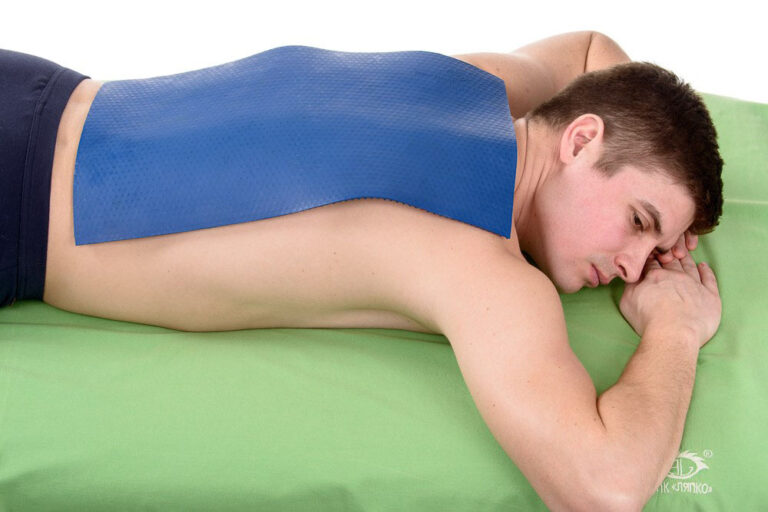Arms Reduction: Reshaping the Upper Arms
Arm reduction surgery, or brachioplasty, is a cosmetic procedure designed to reshape and contour the upper arms. This surgery involves the removal of excess skin and fat, resulting in a more toned and youthful appearance. While it can provide significant aesthetic benefits, it’s essential for individuals considering this surgery to understand its purpose, limitations, alternatives, and potential risks.
Understanding Arm Reduction: A Closer Look
Arm reduction, or brachioplasty, is a surgical procedure addressing sagging skin and excess fat in the upper arms. This condition can result from aging, significant weight loss, or genetics. Despite diet and exercise efforts, some individuals struggle to achieve the toned arms they desire due to loose, hanging skin that does not respond to traditional methods, also called ozempic arms.
The procedure typically involves making an incision along the inner or back of the arm, depending on the extent of correction needed. Excess skin and fats are removed, and the remaining skin is repositioned and sutured to create a smoother, more sculpted appearance.
Indications for Arm Reduction: Do You Need It?
Several factors may lead individuals to consider arm reduction surgery:
- Excess Skin after Weight Loss: Significant weight loss can result in loose, sagging skin, particularly in the upper arms. Brachioplasty can help eliminate this excess skin, revealing a more proportional and contoured arm.
- Aging: As individuals age, the skin loses elasticity, leading to sagging in various areas, including the arms. Brachioplasty can restore a more youthful appearance by removing excess skin and addressing the effects of aging.
- Genetics: Some individuals may have a genetic predisposition to develop excess arm skin, regardless of weight or age. In such cases, arm reduction surgery can provide a tailored solution to achieve the desired arm contour.
- Self-Esteem: Individuals who are self-conscious about the appearance of their arms may seek brachioplasty to enhance their confidence and overall self-esteem.
Considerations and Constraints of the Procedure
While arm reduction surgery can yield remarkable results, it’s essential to be aware of its limitations:
- Scarring: The incisions made during Brachioplasty leave scars, and their visibility depends on factors such as skin type and healing ability. Patients should discuss scarring concerns with their surgeon beforehand.
- Limited Fat Removal: While excess skin is removed during the procedure, Brachioplasty is not primarily a fat removal surgery. Liposuction may be performed with brachioplasty for optimal results, but it may not be suitable for all patients.
- Not a Weight-Loss Solution: Brachioplasty is not a substitute for weight loss. Individuals considering this surgery should be at or near their target weight before undergoing the procedure.
Exploring Options: Alternatives to Arm Reduction
Before opting for brachioplasty, individuals may explore alternative options to address arm contouring:
- Liposuction: Liposuction is a less invasive procedure that removes excess fat but does not address sagging skin to the same extent as brachioplasty.
- Non-Surgical Treatments: Non-surgical treatments such as radiofrequency or laser therapy may stimulate collagen production, improving skin tightness. However, these treatments may have limited effectiveness compared to surgery.
- Strength Training: Regular strength training exercises targeting the arms can help build muscle and improve arm tone. While this may not address excess skin, it can contribute to a more sculpted appearance.
Navigating the Process: Surgical Technique, Anesthesia, and Recovery
The surgical technique for Brachioplasty can vary depending on the extent of correction needed. Generally, the procedure involves the following steps:
- Anesthesia: Brachioplasty is typically performed under general anesthesia to ensure the patient is comfortable and unaware during the surgery.
- Incisions: The surgeon makes incisions along the inner or back of the arms, carefully planning their placement to reduce visible scarring.
- Excess Skin and Fat Removal: The surgeon removes excess skin and fat, creating a smoother and more contoured arm.
- Skin Redraping: The remaining skin is carefully redraped and sutured to achieve the desired shape.
Patients should expect bruising, swelling, and discomfort after the procedure, but these symptoms can be managed with prescribed medications. Compression garments may be recommended to support the healing process and minimize swelling.
Potential Hurdles: Risks and Complications in Arm Reduction
As with any surgical procedure, arm reduction surgery has potential risks and complications. These include:
- Scarring: While efforts are made to minimize scarring, individuals may still experience visible scars, especially in the early stages of healing.
- Infection: Infections can occur at the incision sites. Patients are advised to follow postoperative care instructions diligently to minimize this risk.
- Bleeding: Excessive bleeding during or after surgery is a rare but possible complication.
- Changes in Sensation: Some individuals may experience temporary or permanent changes in sensation in the arms, including numbness or tingling.
- Fluid Accumulation: Fluid accumulation, known as seroma, can occur postoperatively. Draining may be necessary to address this complication.
Frequently Asked Questions
Is brachioplasty painful?
Patients may experience some discomfort after the surgery, but pain is typically manageable with prescribed medications.
When can I return to normal activities?
Recovery times vary, but patients can resume light activities within a week and more strenuous activities after a few weeks, following the surgeon’s recommendations.
Can I combine brachioplasty with other procedures?
Brachioplasty can be combined with other procedures, such as liposuction or a body lift, depending on the patient’s goals and the surgeon’s recommendations.
To Sum Up
Arm reduction surgery, or brachioplasty, offers a viable solution for individuals seeking to address excess skin and fat in the upper arms. While it can provide transformative results, it’s crucial to understand the procedure’s purpose, limitations, and potential risks.
Alternatives should be considered, and individuals should consult a qualified plastic surgeon to determine the most suitable approach based on their unique circumstances. With proper preoperative preparation and postoperative care, many individuals find that Brachioplasty enhances their arm appearance and overall confidence and well-being.







